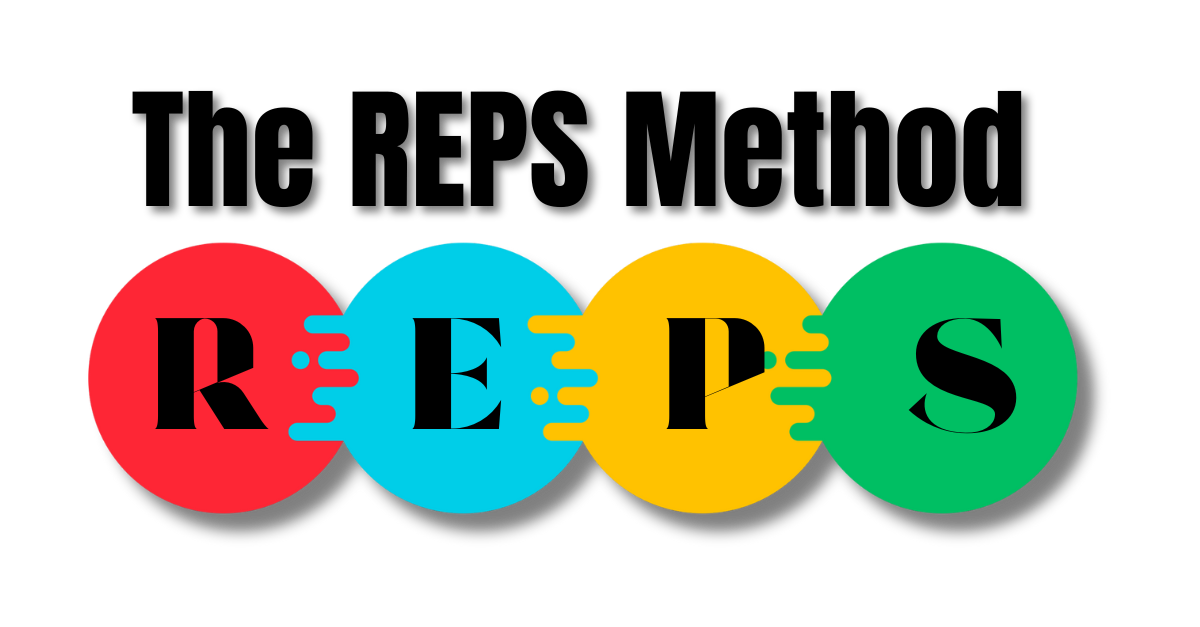Cracking Conflict Resolution for High-Performance Teams: The Collaboration Code
In our previous articles, we laid a solid foundation for resolving workplace conflicts by understanding their causes and types, mastering the art of communication, and employing effective negotiation techniques. We began by exploring how communication is essential for expressing concerns and understanding differing perspectives. Then, we focused on negotiation, emphasizing the importance of finding common ground and achieving win-win solutions. With these skills, it's time to apply them within team settings. This article will delve into practical strategies for implementing conflict resolution in teams, creating a supportive environment, and ensuring ongoing development and harmony.
The Importance of Team Dynamics in Conflict Resolution
Teams are the backbone of most organizations, and their success hinges on effective collaboration and communication. Conflicts within teams can disrupt productivity, damage relationships, and hinder progress. However, when managed well, conflicts can lead to stronger teams and more innovative solutions. Implementing conflict resolution strategies within teams requires a proactive approach that fosters open communication, mutual respect, and a shared commitment to common goals.
Creating a Supportive Environment
The key to successfully resolving conflicts within teams is establishing an environment where team members feel comfortable sharing their thoughts and concerns. A supportive environment encourages openness, transparency, and collaboration, allowing conflicts to be addressed constructively. Here are some key elements to consider:
1. Foster Open Communication
Open communication is essential for preventing misunderstandings and addressing conflicts before they escalate. Encourage team members to voice their opinions and concerns without fear of judgment or retaliation. Regular team meetings, feedback sessions, and one-on-one check-ins provide opportunities for open dialogue. Leaders should model open communication by actively listening, acknowledging diverse perspectives, and valuing each team member's contribution.
2. Build Trust and Respect
Trust and respect are the cornerstones of effective teamwork. Cultivate a culture of trust by demonstrating integrity, reliability, and fairness. Encourage team members to respect each other's differences and appreciate diverse viewpoints. Trust and respect create a sense of psychological safety, enabling team members to engage in honest conversations and work collaboratively to resolve conflicts.
3. Encourage Diversity and Inclusivity
Diverse teams bring many perspectives and experiences, enhancing creativity and innovation. Embrace diversity and inclusivity by ensuring that all voices are heard and valued. Celebrate differences and leverage them to drive collaboration and problem-solving. When members of a team experience inclusion and feel valued, they tend to participate more actively. They are better equipped to engage in productive conflict resolution.
Implementing Conflict Resolution Strategies: The REPS Method
Once a supportive environment is established, teams can implement conflict resolution strategies to address disagreements and promote harmony. Here's a practical approach using the REPS Method:
R - Roles and Responsibilities: Define Clearly
Role ambiguity can lead to confusion and conflict within teams. Clearly define each team member's roles and responsibilities to minimize overlap and ensure accountability. Establishing clear expectations helps prevent misunderstandings and allows team members to focus on contributing to the team's success.
E - Establish Clear Goals and Objectives
Shared goals and objectives provide a common purpose that unites team members. Clearly communicate the team's goals and ensure everyone understands their role in achieving them. When conflicts arise, refer to these goals to realign the team's focus and work collaboratively toward a solution.
P - Protocols for Conflict Resolution: Develop and Implement
Establishing conflict resolution protocols provides a structured approach to addressing conflicts within teams. These protocols provide a framework for identifying, discussing, and resolving conflicts, with the aim of ensuring that all involved parties have a fair chance to express their perspectives. Encourage team members to follow these protocols and provide training on conflict resolution techniques to enhance their effectiveness.
S - Solution-Focused Collaborative Problem-Solving
Encourage team members to approach conflicts with a problem-solving mindset. Instead of viewing conflicts as obstacles, see them as opportunities to develop creative solutions. Facilitate brainstorming sessions where team members can propose and evaluate potential solutions. Solution-focused collaborative problem-solving fosters innovation and strengthens team cohesion.
Encouraging Ongoing Team Development
Conflict resolution is not a one-time effort but an ongoing process contributing to team development and growth. Here are some strategies to promote continuous improvement:
1. Provide Training and Development Opportunities
Invest in training programs that enhance team members' conflict resolution, communication, and collaboration skills. Workshops, seminars, and online courses can equip team members with the tools they need to navigate conflicts effectively. Embracing ongoing education supports personal and professional development, creating advantages for individuals and the team as a whole.
2. Recognize and Celebrate Successes
Acknowledge and celebrate team successes, both big and small. Recognizing achievements boosts morale and reinforces positive behaviors. Celebrations allow team members to reflect on their accomplishments and build a sense of pride and camaraderie.
3. Encourage Feedback and Reflection
Frequent feedback and self-reflection are vital for ongoing improvement. It is essential to establish avenues through which team members can offer their insights on team dynamics, processes, and efforts in resolving conflicts. Encourage reflection on past conflicts to identify lessons learned and areas for growth. Constructive feedback fosters a culture of openness and drives ongoing development.
Let’s wrap it up…
Implementing conflict resolution strategies within teams is essential for fostering a harmonious and productive work environment. By creating a supportive environment, establishing clear goals and protocols, and promoting collaborative problem-solving, teams can address conflicts constructively and turn challenges into opportunities for growth. Continuous development and reflection ensure that teams remain agile, adaptable, and resilient in the face of change. As organizations strive for success, effective conflict resolution within teams is a crucial driver of innovation, collaboration, and long-term success.
The Five Dysfunctions of a Team: A Leadership Fable
Patrick Lencioni's "The Five Dysfunctions of a Team" is a game-changing book for anyone looking to enhance team performance and resolve conflicts effectively. This leadership fable presents a powerful model for understanding team dynamics and overcoming common obstacles that hinder success.
Lencioni's approach aligns perfectly with our article on "Cracking Conflict Resolution for High-Performance Teams." Just as we emphasize the importance of creating a supportive environment, Lencioni tackles issues like conflict avoidance and lack of trust head-on.
The author's expertise in organizational health and team effectiveness shines through, offering practical insights that leaders can immediately apply. His model provides a roadmap for building cohesive teams that can navigate conflicts constructively, turning challenges into opportunities for growth - a key theme in our article.
By reading this book, you'll gain valuable strategies for fostering open communication, building trust, and encouraging healthy conflict resolution within your team. These skills are crucial for creating the high-performance teams we discuss in our article.
Ready to transform your team dynamics? Today, grab your copy of "The Five Dysfunctions of a Team" and take the first step towards building a more cohesive and effective team. And don't forget to subscribe to The EXCEL2WIN Leadership Newsletter for more insights on leadership and team management!








